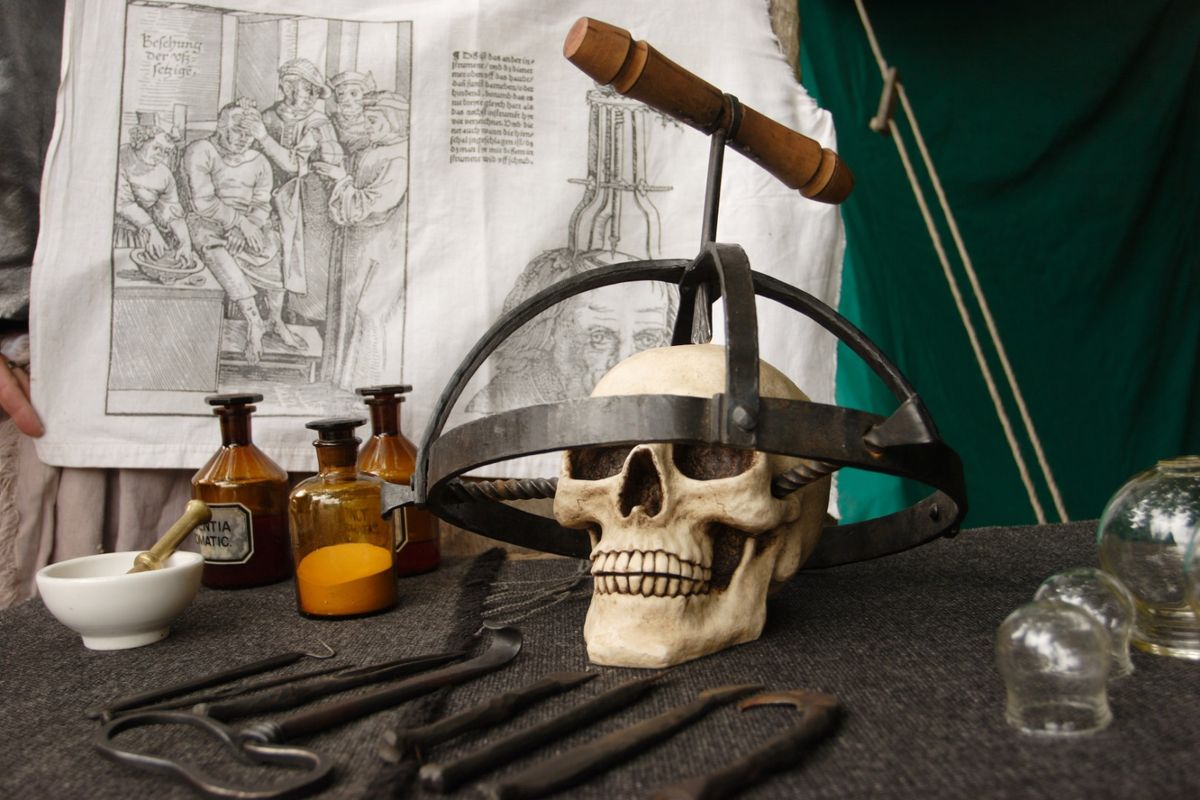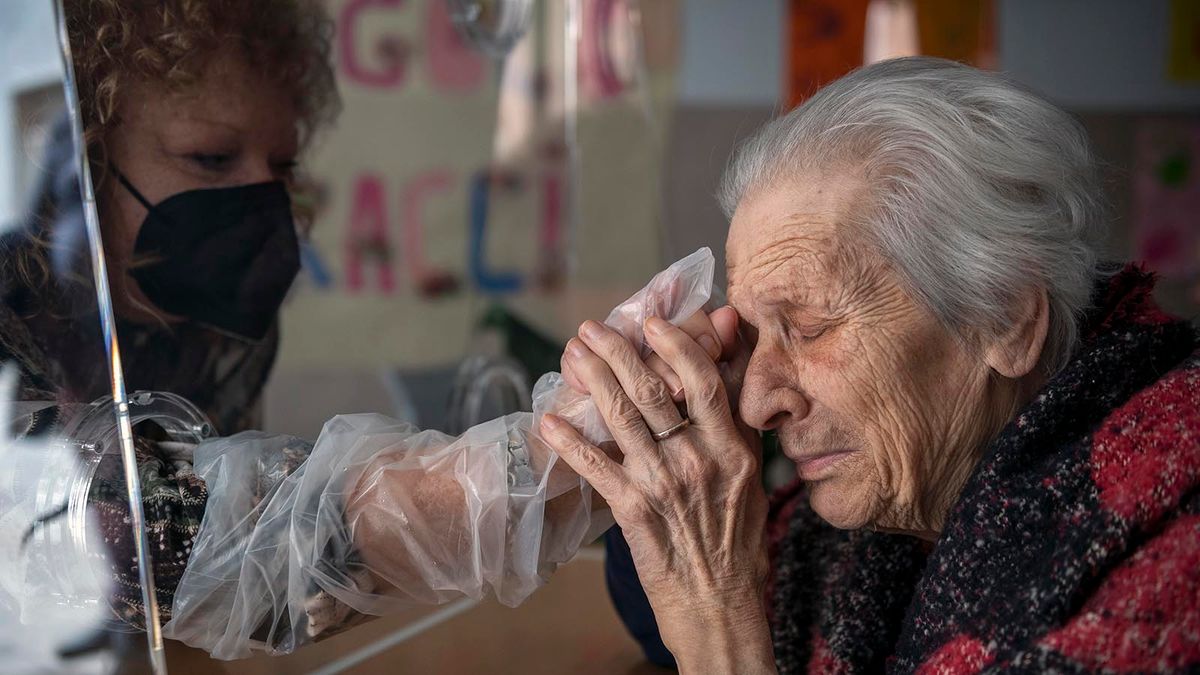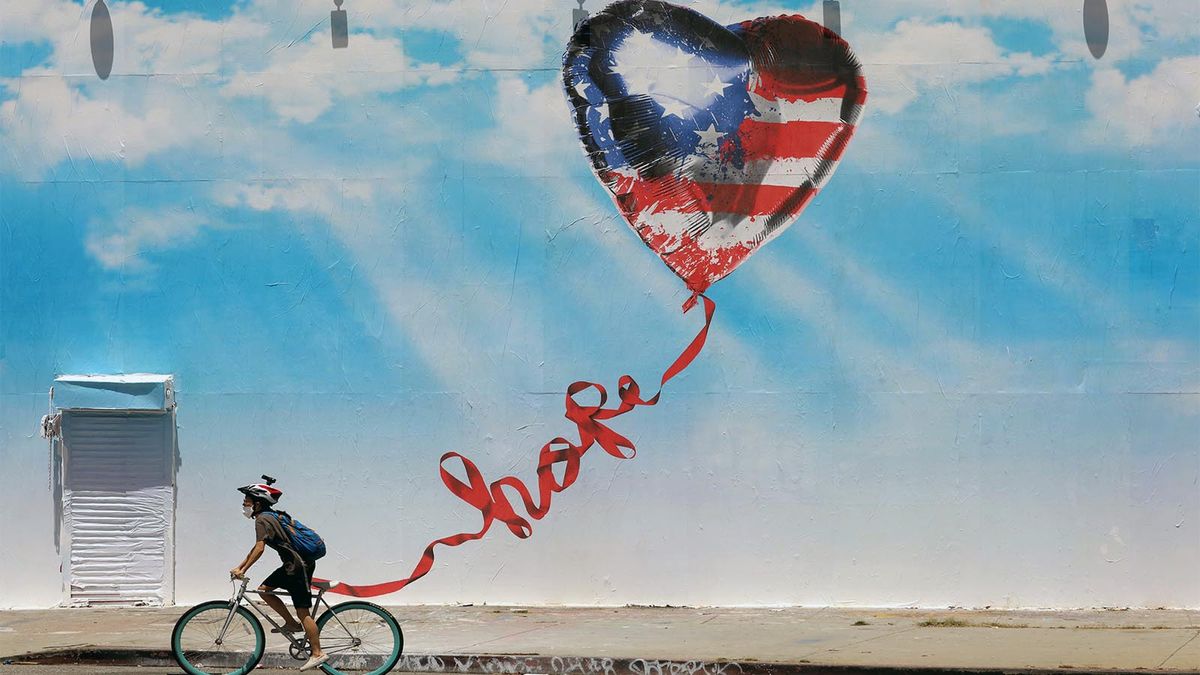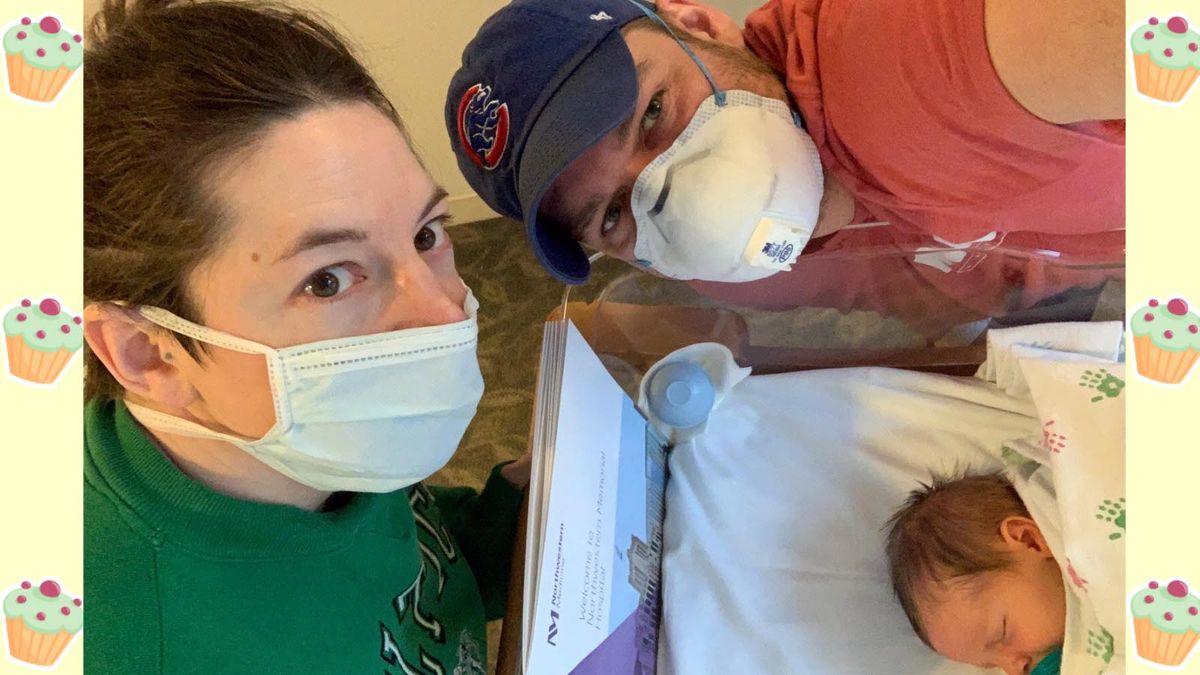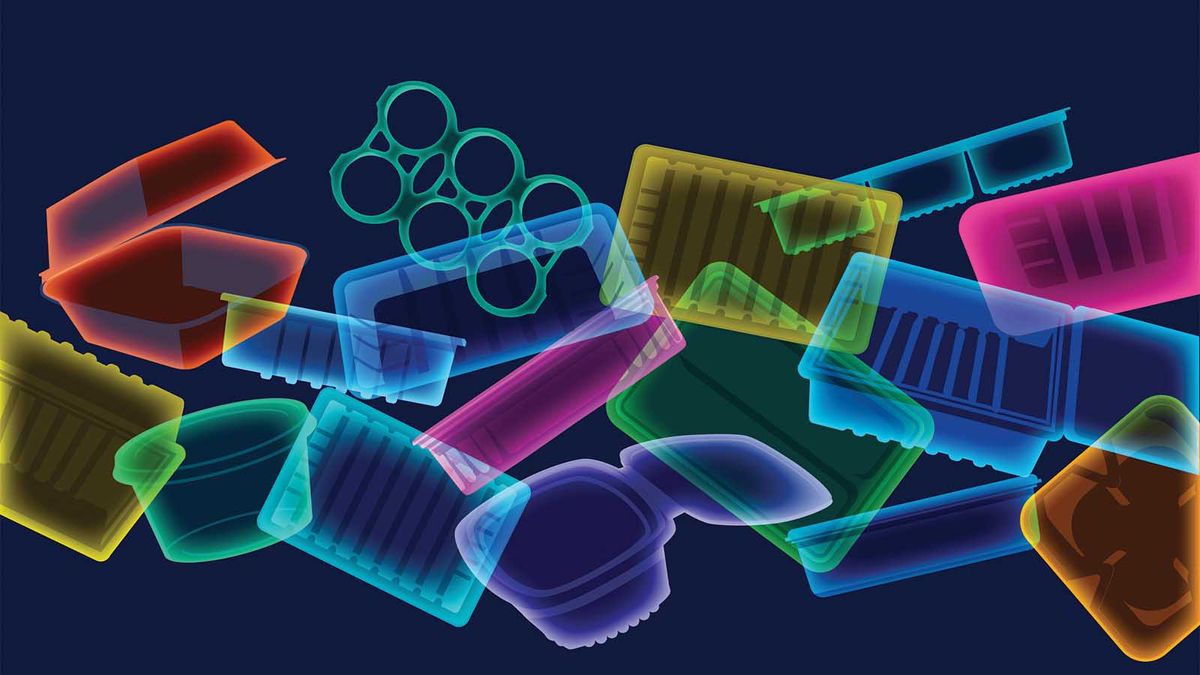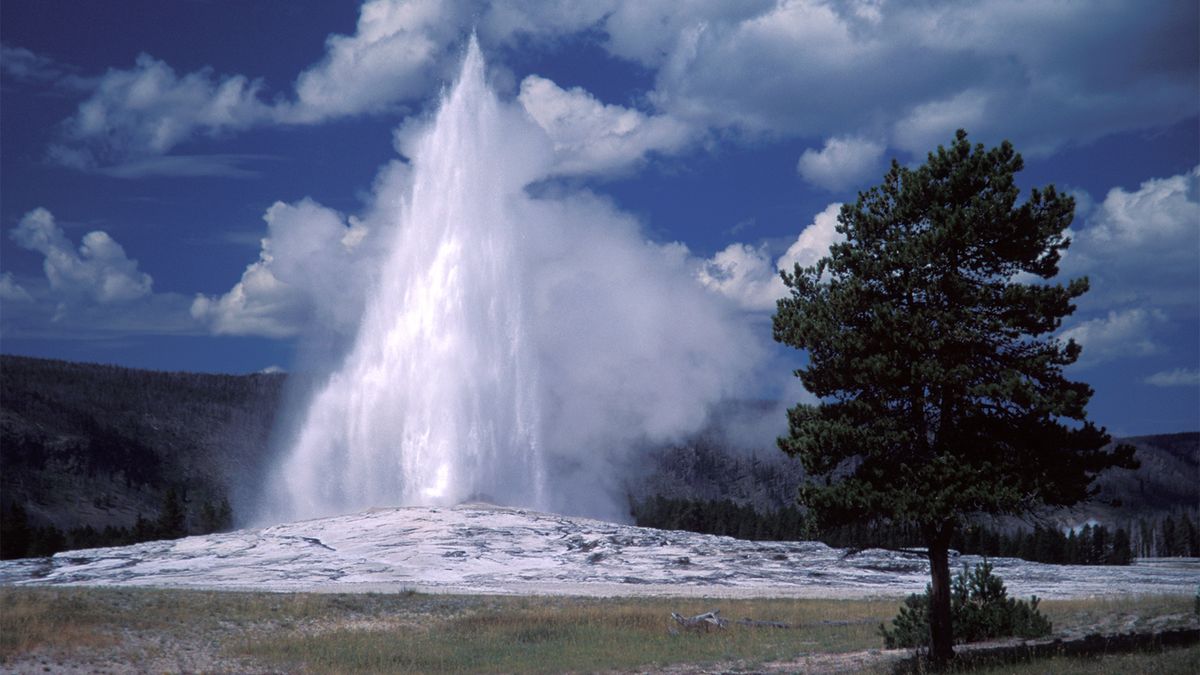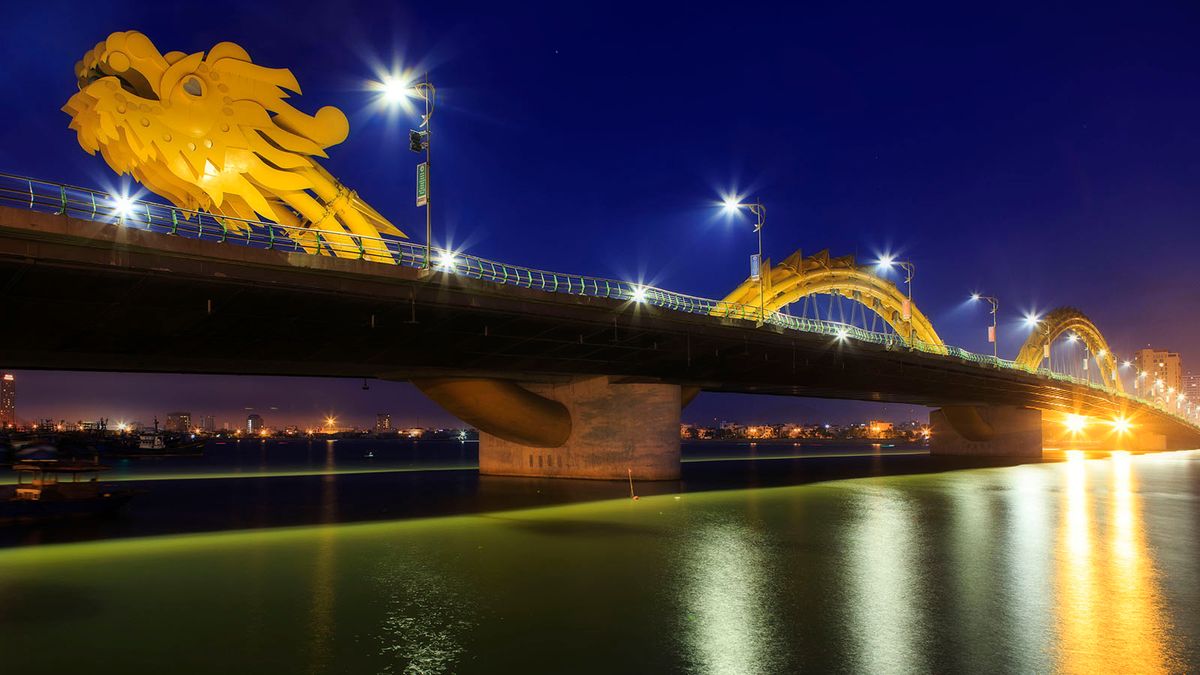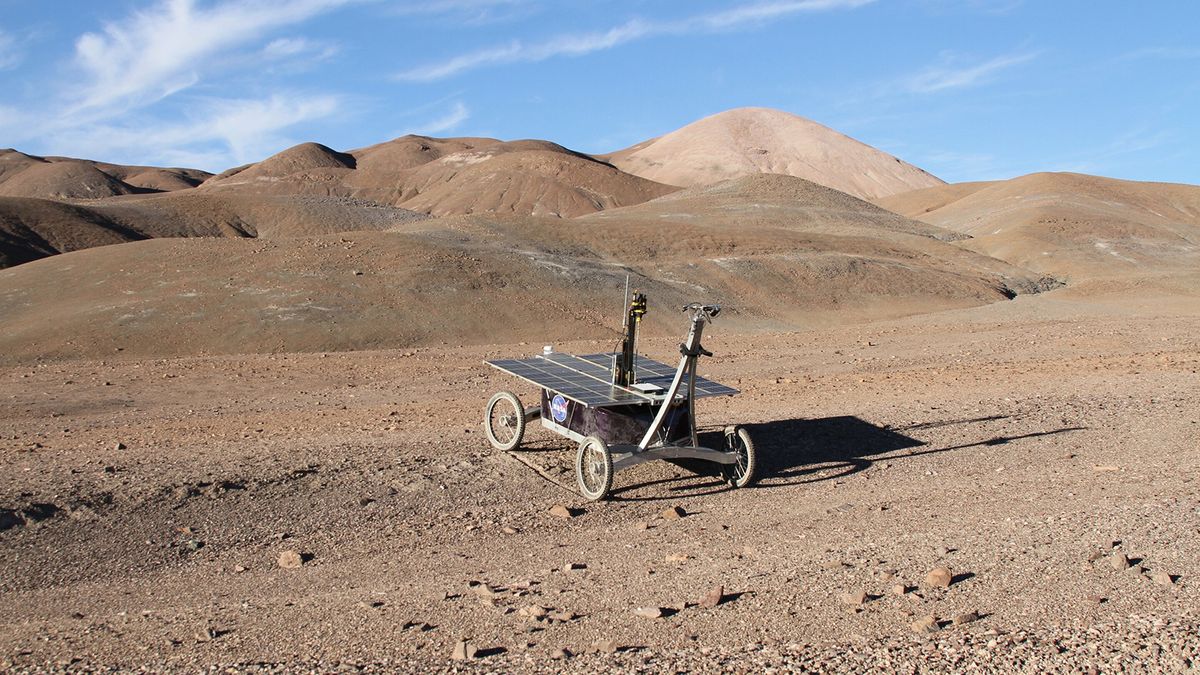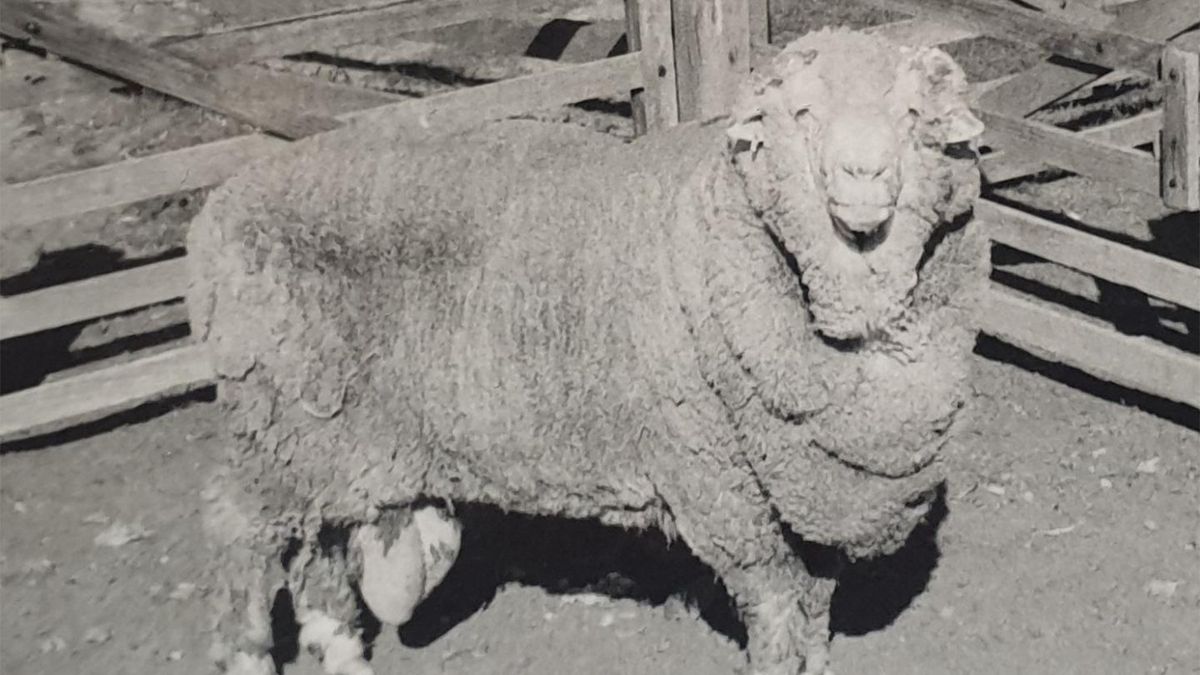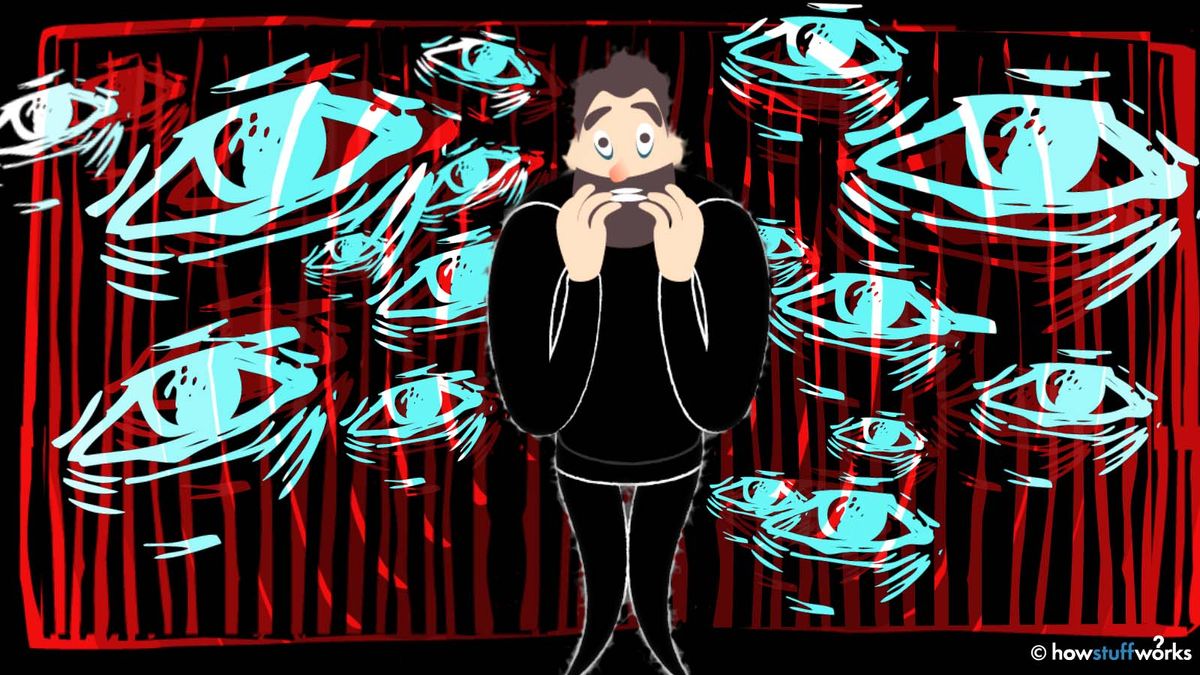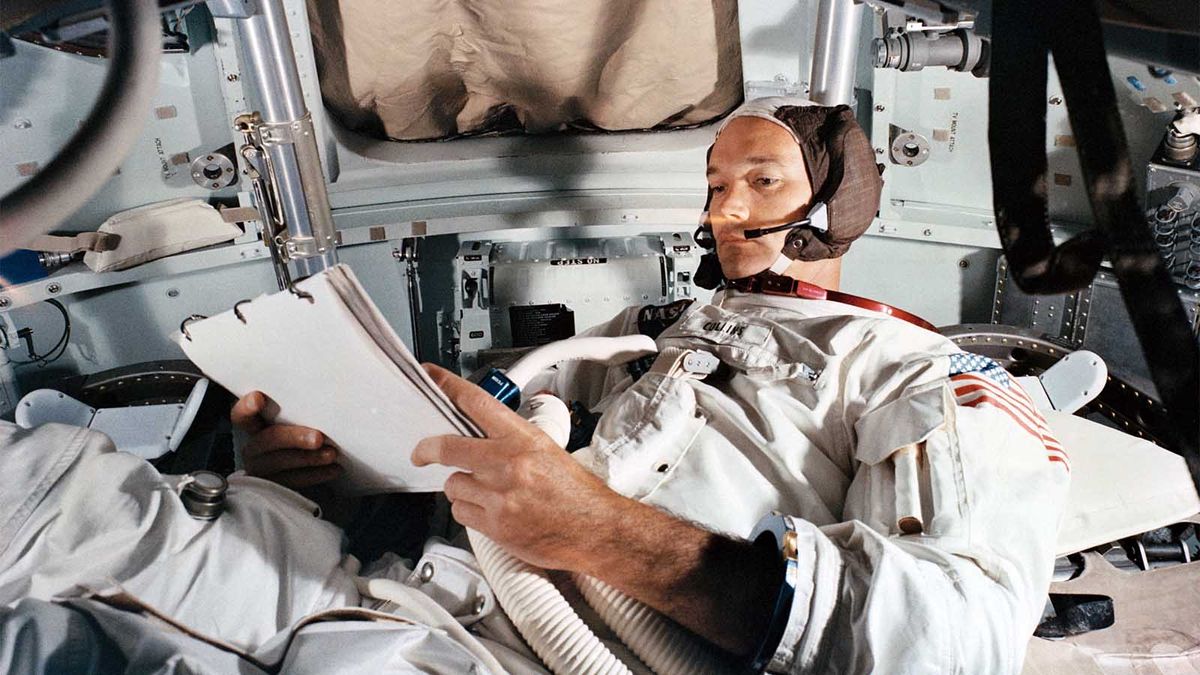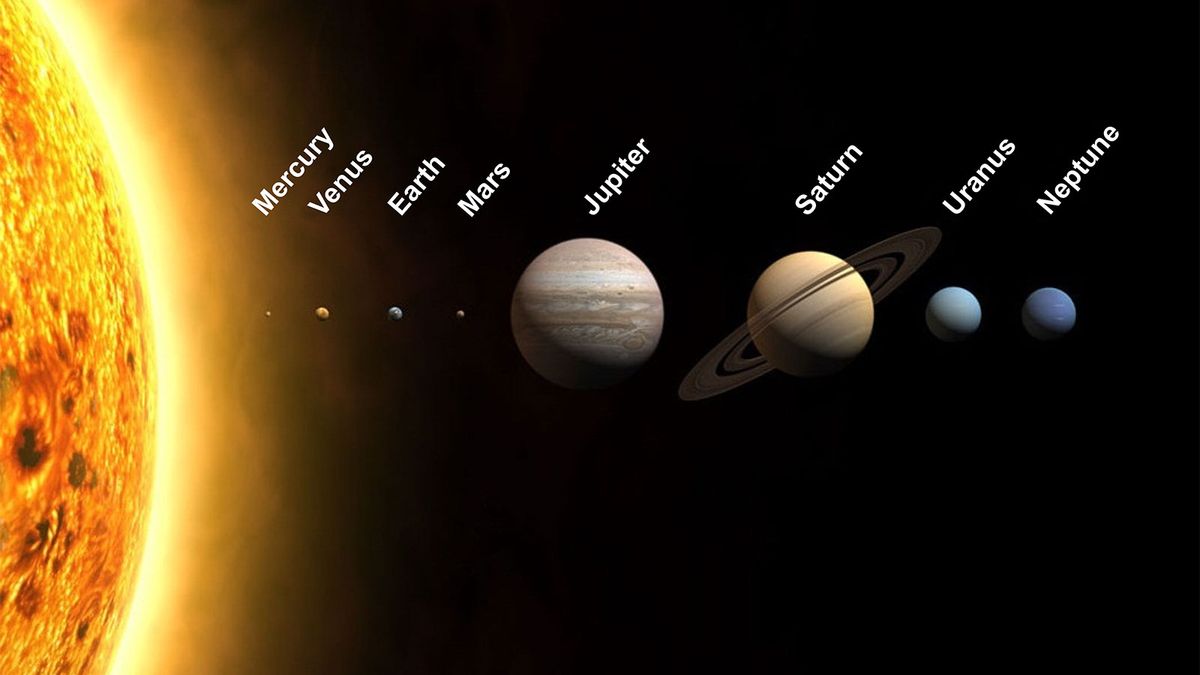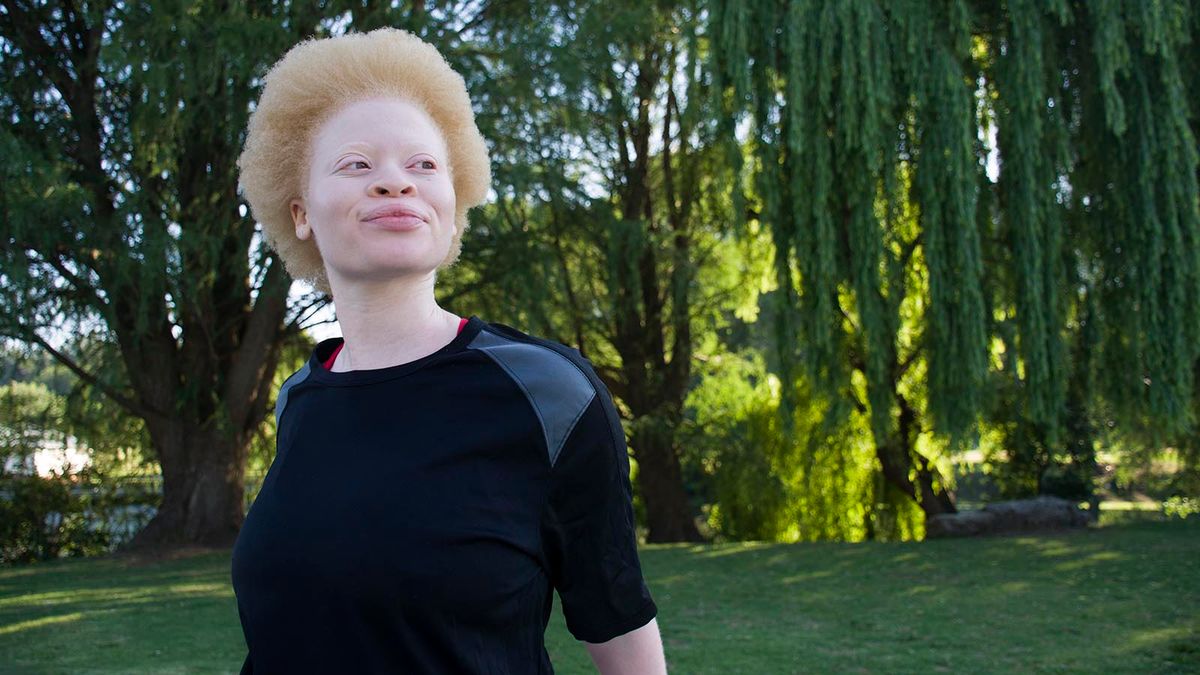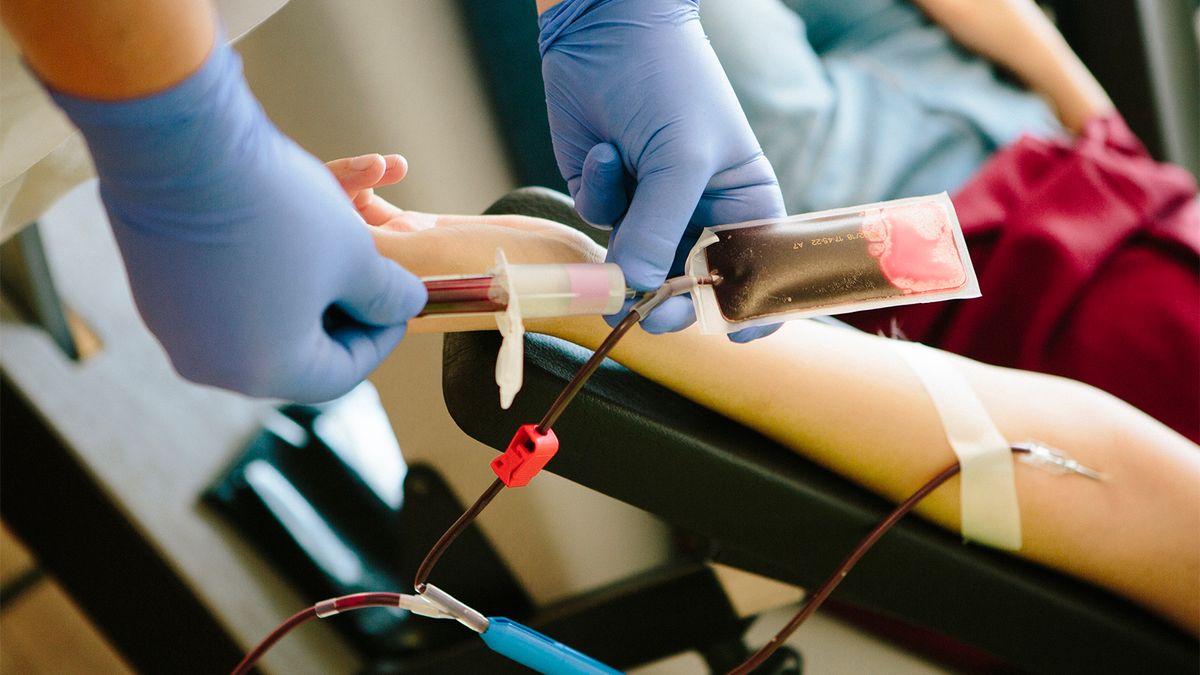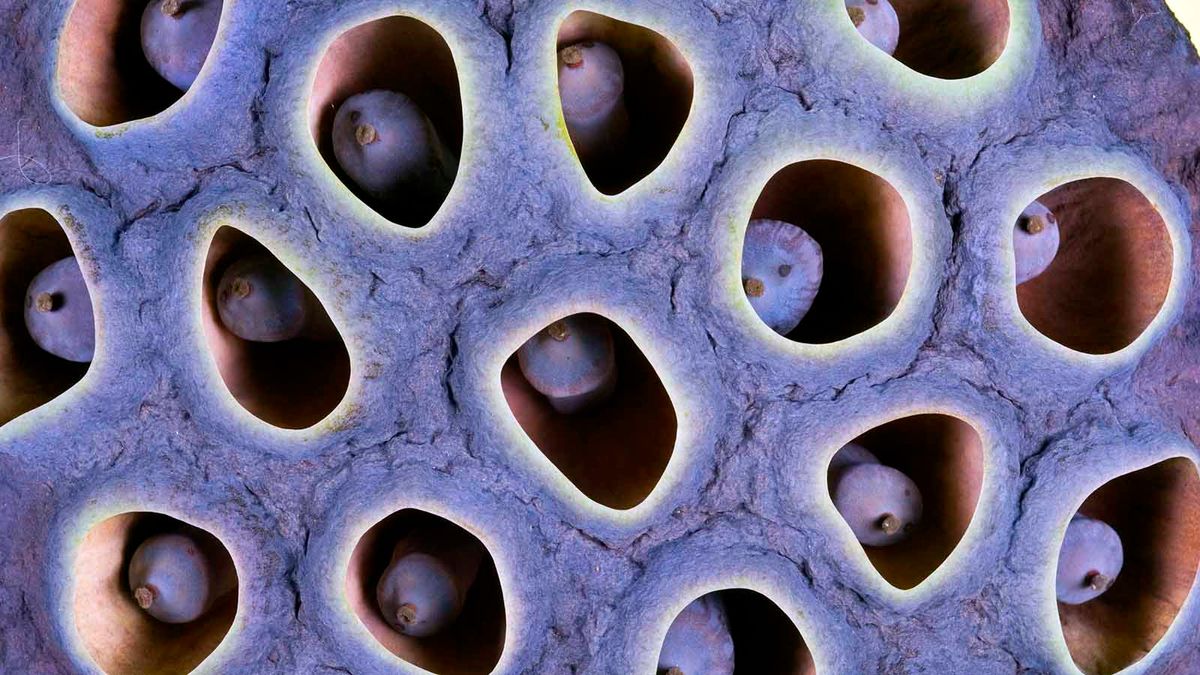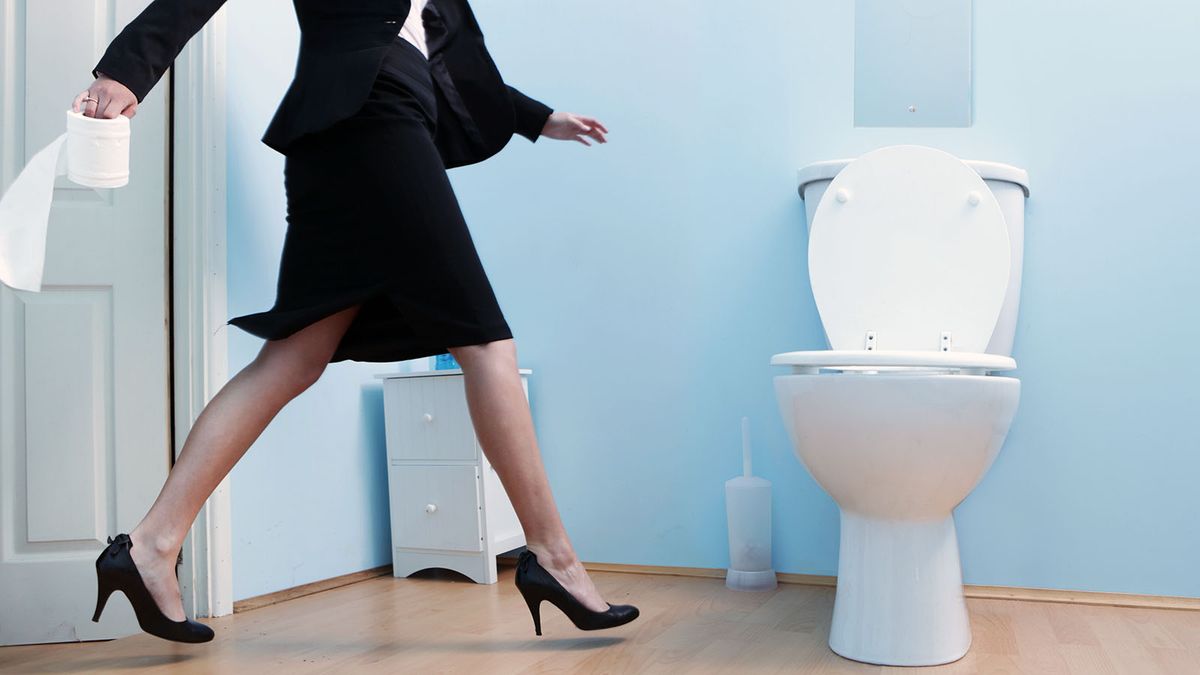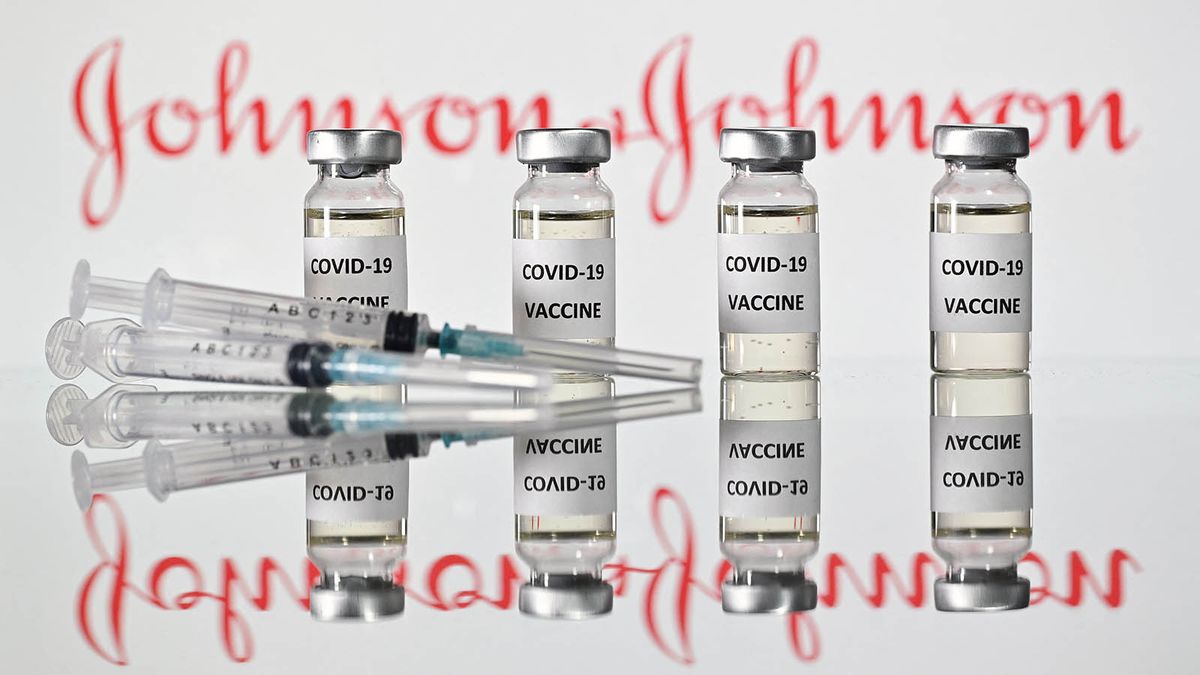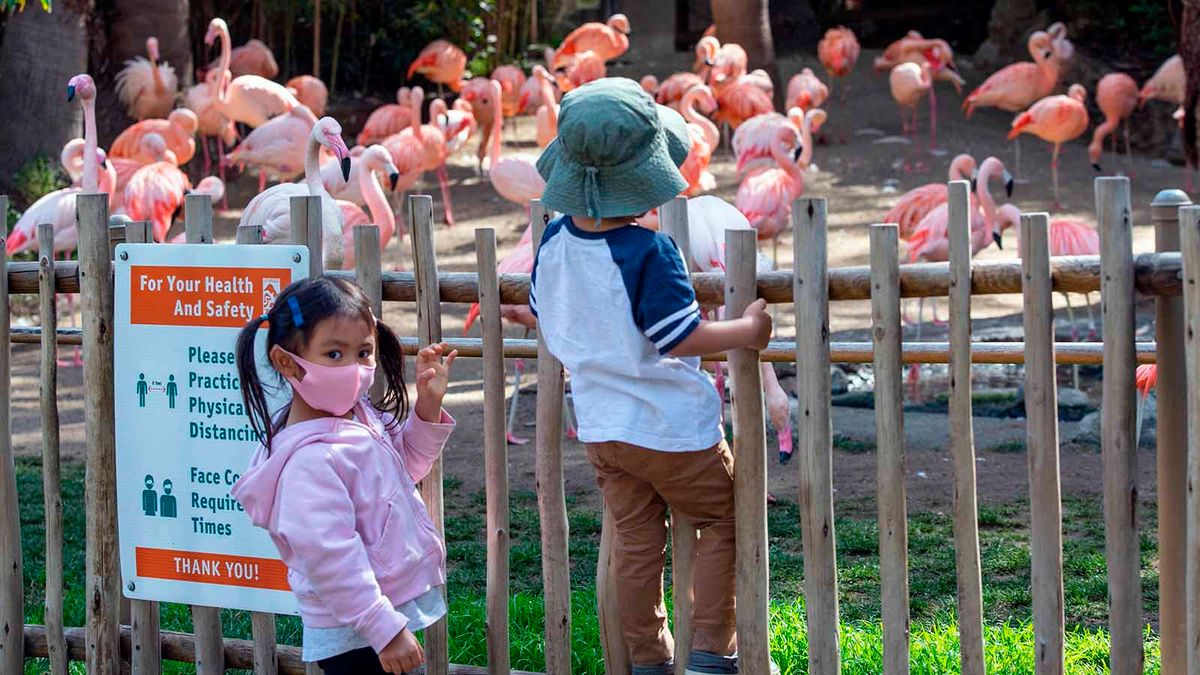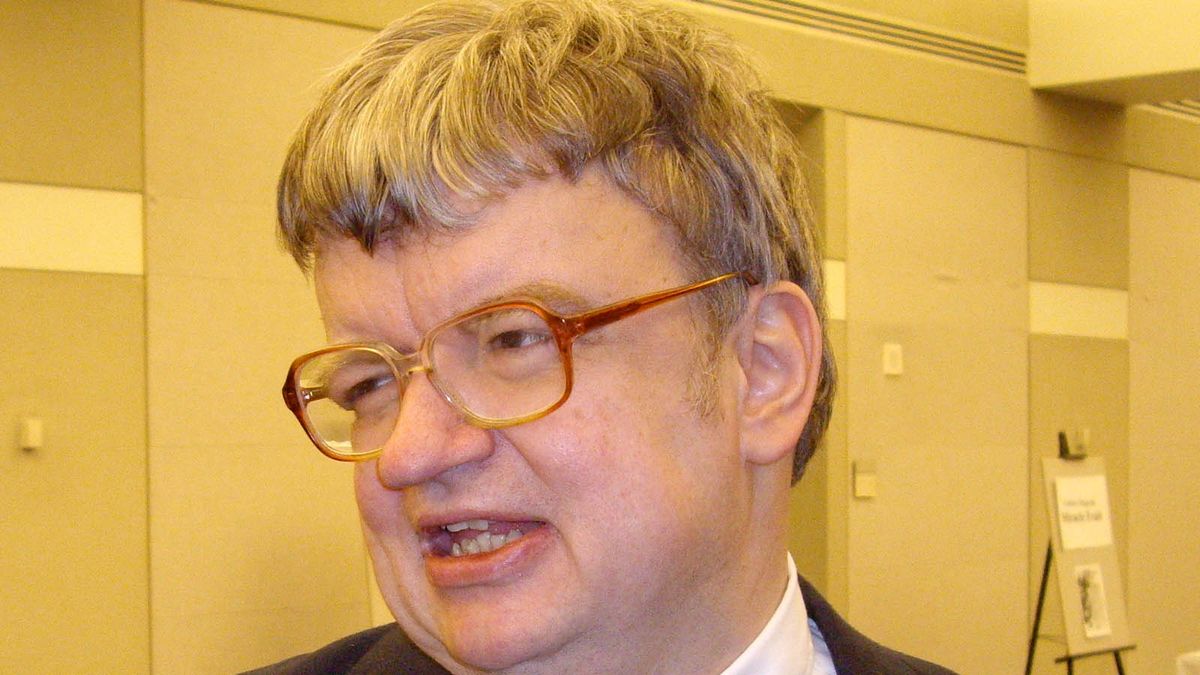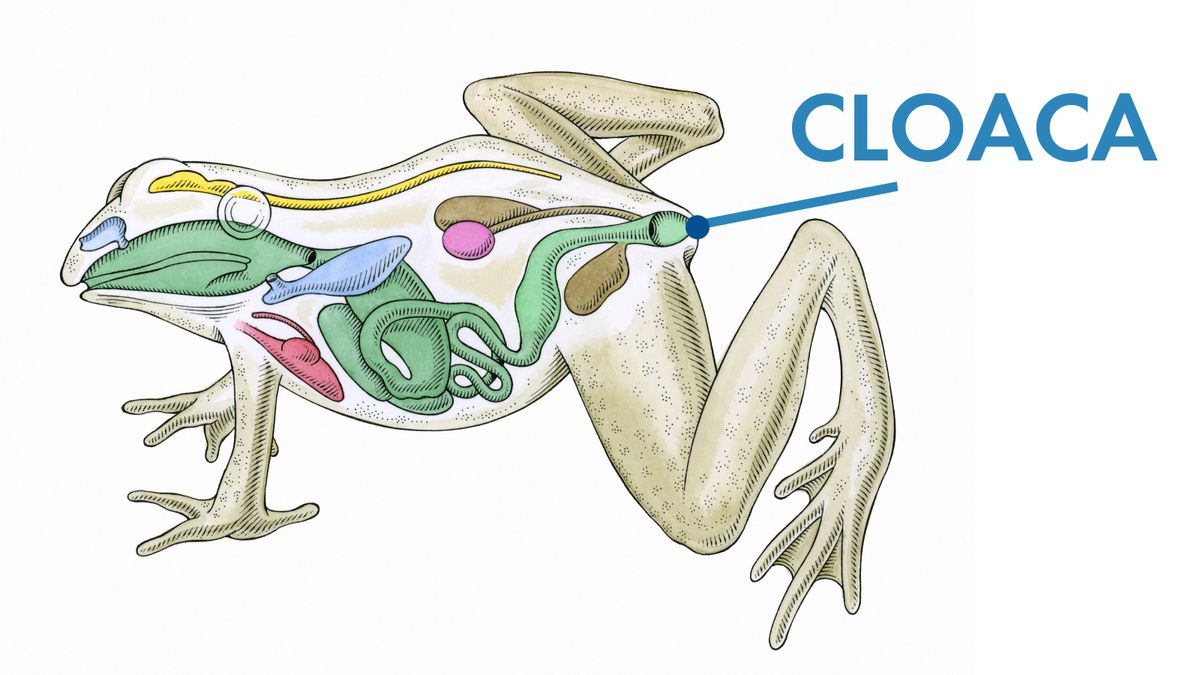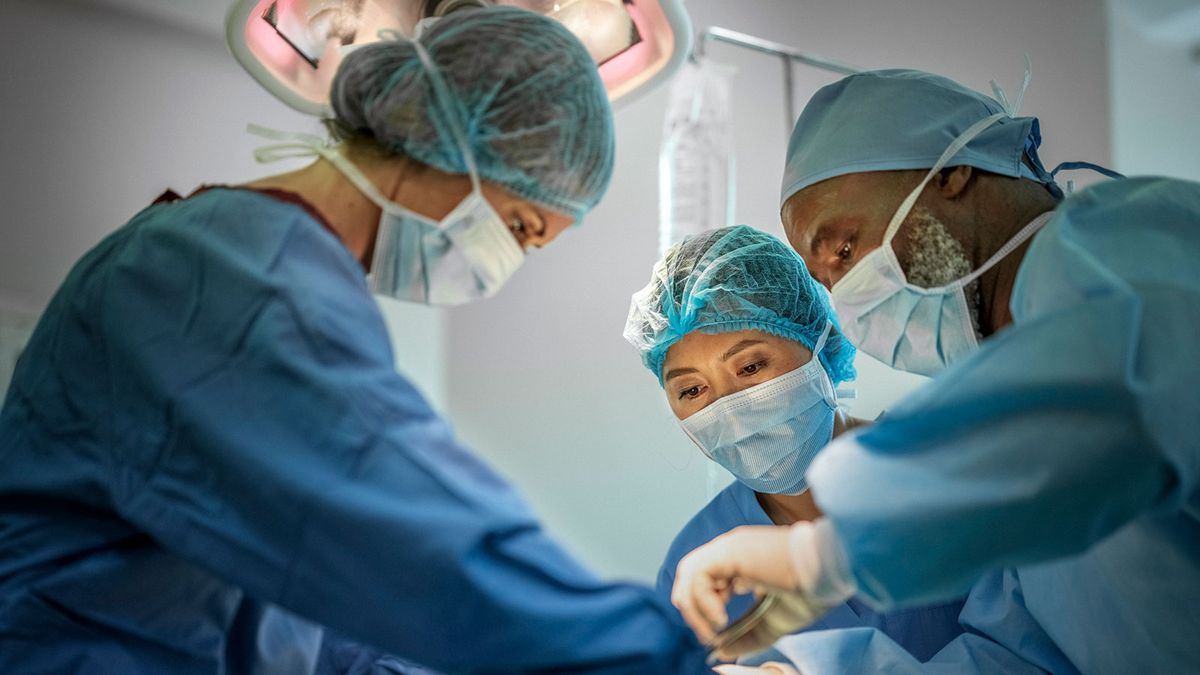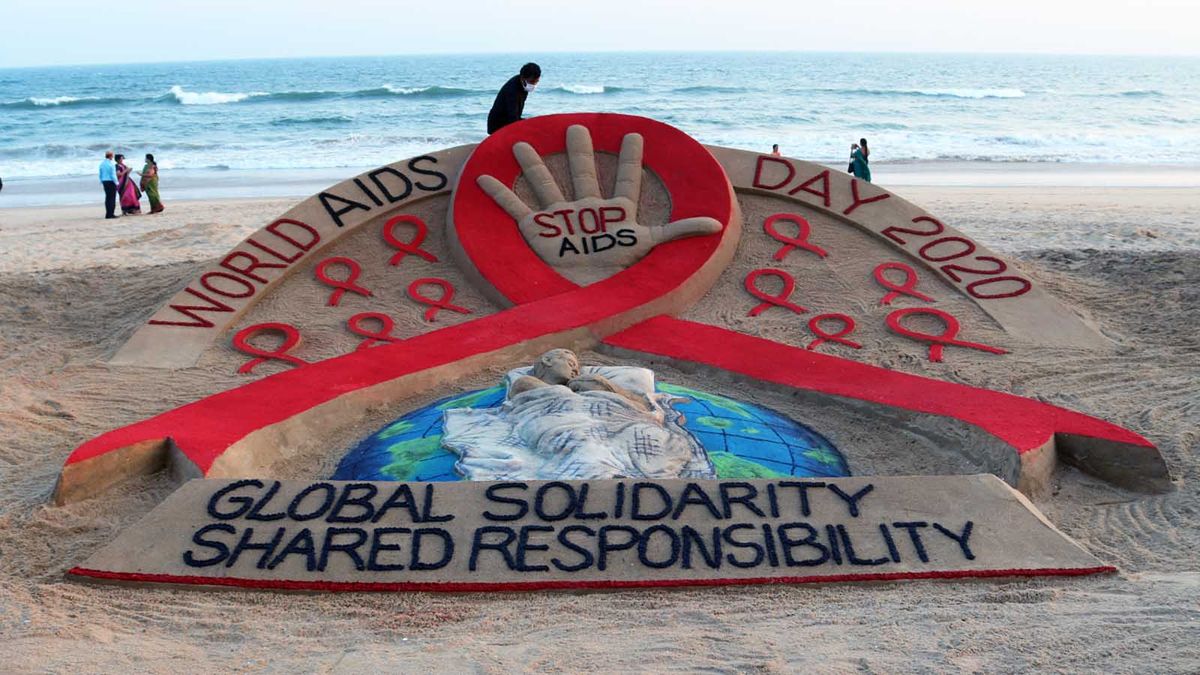
Аквариум Джорджии — самый большой аквариум в мире, независимо от того, измеряете ли вы количество рыб (более 100 000) или объем воды (более миллиона кубических футов). В нем обитает около 500 видов в 60 местах обитания с смотровыми окнами площадью 12 000 квадратных футов, а его строительство обошлось в 290 миллионов долларов.
Вместо традиционного линейного дизайна аквариума в Аквариуме Джорджии есть пять отдельных галерей, расположенных вокруг центрального атриума. Это Исследователь Джорджии , Тропический дайвер , Океанский путешественник , Поиск холодной воды и Речной разведчик . В аквариумах в галереях обитает разнообразная популяция животных, в том числе киты , акулы , пингвины, выдры, электрические угри, скаты, морские коньки, морские звезды, крабы и разнообразные рыбы всех размеров.
Так как же они это сделали? Как они построили среду обитания для всех этих животных и откуда взяли всю рыбу? Что нужно, чтобы вода оставалась чистой, а животные — сытыми и здоровыми? И как Аквариум — некоммерческая организация — позволил себе все это?

В этой статье вы узнаете ответы на эти и другие вопросы. Вы также узнаете о водных животных, которые являются главными достопримечательностями аквариума.
Спасибо!
Хотел бы поблагодарить сотрудников Аквариума Джорджии за помощь в написании этой статьи. Особая благодарность ассистенту ветеринара Меган Блазье, старшему биологу Джине Фишер, старшему оператору жизнеобеспечения Эрику Холлу, химику-воднику Анне Прусак, директору по связям с общественностью Дэвиду Сантуччи, биологу Эрике Штюбинг и лаборанту Дженнифер Таларски.
- Строительство аквариума
- Приобретение животных
- Кормление животных
- Здоровье животных
- Поддержка рыбной жизни
- Фильтры и скиммеры
- Образование и программа 4R
- Финансирование и содержание аквариума
Строительство аквариума

Строительство аквариума, парковки и экспонатов для всех этих животных было непростой задачей. В процессе аквариума использовались:
- 328 тонн акриловых окон, что примерно равно весу двух взрослых синих китов.
- 290 сантехнических приборов, 200 трапов в полу и 53 водостока на крыше, соединенных с 1,5 милями подземной трубы и 5,5 мили надземной трубы
- 61 миля трубы и провода
- 100 000 ярдов бетона и 2 500 буронабивных свай

В аквариуме Ocean Voyager, самой большой среде обитания, содержится три четверти воды аквариума. Его длина 263 фута, ширина 126 футов, глубина 33 фута, и он вмещает 6 миллионов галлонов воды. Загоны на одном конце позволяют персоналу отделять рыбу от остальной части аквариума, а ветеринары могут осматривать более крупных животных внутри них. Медленно движущаяся конвейерная лента ведет посетителей через 100-футовый акриловый туннель под аквариумом, позволяя им увидеть рыбу снизу.
Другие экспонаты аквариума включают вольер для белух объемом 800 000 галлонов, меньшие резервуары и несколько сенсорных резервуаров, где посетители могут получить практический опыт общения с водными животными. Во многих аквариумах используется искусственное освещение, но аквариум Ocean Voyager, среда обитания белух и большой коралловый риф получают естественное освещение.
Чтобы наполнить резервуары, в аквариум подается 8 миллионов галлонов обычной воды из-под крана — этого достаточно, чтобы наполнить 160 000 ванн. После очистки от химикатов и примесей персонал должен был превратить эту пресную воду в соленую для морской среды обитания. Для этого они добавили 750 2000-фунтовых мешков морской соли Instant Ocean®, что в общей сложности составило 1,5 миллиона фунтов. Это эквивалентно более чем 920 000 контейнеров поваренной соли.

Далее мы посмотрим, где аквариум нашел всех животных, которые живут в его резервуарах.
Приобретение животных

Как и все зоопарки и аквариумы, Аквариум Джорджии подвергся критике со стороны групп по защите прав животных и других лиц, которые считают, что животным, живущим там, будет лучше в дикой природе. Но около 70 процентов животных аквариума прибыли с рыбных ферм, зоопарков и других аквариумов. В ряде случаев сотрудники аквариума спасали животных, которые жили в нездоровых условиях или погибли бы без их вмешательства.
С помощью United Parcel Service (UPS) сотрудники аквариума за 36 часов перевезли более 100 000 рыб с аквакультурных ферм Тайваня на карантинный склад. Эти рыбы летали в 42 специально сконструированных аквариумах, и многие из них были очень маленькими, когда прибыли.
Некоторые из самых крупных видов аквариума также прибыли через UPS. Например, Ральф и Нортон, первые китовые акулы аквариума, и белухи Нико и Гаспер совершали свои путешествия в специально спроектированных аквариумах с системами жизнеобеспечения. Ральф и Нортон пролетели 8000 миль из Тайбэя, Тайвань, с остановкой в Анкоридже, Аляска, на специально оборудованном грузовом самолете B-747. Нико и Гаспер пролетели 1331 милю из Мехико, Мексика, на грузовом самолете 767. Сотрудники аквариума сопровождали животных в путешествии и перемещали их в контейнеры и из них с помощью специальных строп. Бортовые грузовики доставили вольеры из международного аэропорта Хартсфилд-Джексон в Аквариум.

С животными и водой внутри аквариум с китовыми акулами весил 54 000 фунтов, а китовый аквариум весил 26 000 фунтов. Из-за всего этого веса самолеты нуждались в модификации, чтобы справиться с такой нагрузкой. Работники UPS должны были разместить баки точно по центру тяжести самолетов. Вес также влиял на взлетную и посадочную скорости.

Помимо китов, китовых акул и животных из объектов аквакультуры, в аквариум доставлены и другие живые животные:
- A school of tarpon, silver fish that can weigh more than 300 pounds when fully grown, rescued from a tide pool
- An unnamed species of fish, which is about 4 inches long and is orange with a pink tail, collected off the coast of Fiji
- Several species of tropical fish rescued after the U.S. Fish and Wildlife Service confiscated them as an illegal shipment
- A bowmouth guitarfish caught by accident by Taiwanese fishermen
- Oz and Gracie, sea otters from the Oregon Zoo and California's Aquarium of the Pacific
- Local species, like cownose rays, collected from the Georgia coast
- Coral, grown for use in the aquarium rather than harvested from existing reefs
We'll look at where and how the staff prepares meals for these animals next.
Nico & Gasper's Rescue
Beluga whales Nico and Gasper lived under a roller coaster and next to a busy road before they came to the Georgia Aquarium. This environment was far from ideal for their well-being, and the aquarium viewed their relocation as a rescue operation. Gasper was underweight and had skin lesions when he arrived, and officials later discovered that he had a dangerous bone disease. In spite of extensive veterinary care, his condition declined over several months, and he was euthanized in January of 2007.
Nico shares the beluga whale habitat with three females, Natasha, Maris and Marina, on breeding loan from the New York Aquarium.
Feeding the Animals

Feeding the animals at the Georgia Aquarium is a lot more complex than just sprinkling a little food on the surface of the water. The aquarium staff prepares meals for all of its animals in the husbandry commissary, a specially designed kitchen that is held to higher standards than restaurant kitchens. The United States Department of Agriculture conducts random inspections of the commissary to make sure it is sanitary.
The husbandry commissary has a freezer that holds 20,000 pounds of food as well as a refrigerator that holds 6,000 pounds. The aquarium staff prepares food for the animals every day. Animal diets, amounts of food and the number of feedings per day vary widely from species to species. Some of the animals eat prepared food that resembles what they eat out of captivity, and others eat exactly what they eat in the wild. Many get vitamins or medicines in their food.

For example:
- Leafy sea dragons eat exactly what they eat in the ocean -- small shrimp called mysids.
- Whale sharks eat a special, pre-made gel food, as well as tiny crustaceans called krill. Whale sharks are filter-feeding fish, and they learned to eat from scoops before traveling to the Aquarium.
- Beluga whales get four feedings of fish per day, and the largest eats about fifty pounds of fish divided among those four feedings.
- Sea otters eat food-grade fish and clams. The biologists who work with the otters inspect their food for scrapes and cuts where bacteria can grow. Click here to see a video of one of the otters breaking open a shell to find food.
Aquarium specialists have access to the tanks to feed the animals, but the huge Ocean Voyager tank presents special challenges. It's roughly the shape of an hourglass, and it houses a wide variety of fish. Along with the whale sharks are species like great hammerhead sharks, sawfish, bowmouth guitarfish, grouper and golden trevally. In order to feed all these fish, the Aquarium uses a gantry crane, which runs on rails over the entire width of the tank. They set up feeding stations for each animal on the crane's platform. These stations let the staff make sure each animal gets the right amount of the right kind of food. As long as they are properly fed, even the most predatory species won't typically feed on smaller fish.

Feeding the fish high-quality food, customized based on what they eat in the wild and need to thrive in captivity, helps to keep them healthy. If a fish gets sick or injured, the aquarium has a complete veterinary facility and surgery on site. We'll look at these areas of the aquarium next.
Dinner at the Zoo
Zoos have a similar system for preparing food and feeding animals. See what a zoo's commissary looks like.
Animal Health

The Georgia Aquarium's veterinary services and conservation medicine facility is like a teaching hospital where doctors get hands-on experience working with patients. It's a 5,800 square foot unit with 15 people on staff, and it houses 26 treatment tanks and a fully equipped surgery. The aquarium has a partnership with the University of Georgia and will provide a veterinary intern position and two three-year pathology residencies for the training of new aquatic animal specialists. The veterinary staff also conducts research on animal health and behavior and shares their results with other zoos and aquariums.
The laboratory and health facility can run blood tests on animals, examine slides under a microscope and culture bacteria for analysis. The surgery also has a mobile, digital radiography unit that can be moved anywhere in the facility and can x-ray animals as small as penguins and as large as whales. It has an ultrasound machine, an endoscope and machines that allow mammals, reptiles and fish to be anesthetized for surgery.
Preventive medicine is relatively new to the aquarium industry, but the Georgia Aquarium is working on preventive medicine protocols for all of its larger animals, including annual exams. Some animals, like beluga whales, which are prone to ulcers or to swallowing foreign objects, will receive routine endoscopies. Some animals may receive vaccines, although preventive medicine for aquarium fish generally relies on observation and quarantines for all new animals rather than vaccines.

All of the larger animals in the aquarium learn husbandry behaviors, which make it easier for veterinary staff to conduct examinations. For example, when a trainer instructs them to, whales will present their flippers or tail flukes for examinations or blood collection. They will also blow from their blowhole onto a plate, which staff can examine under a microscope for parasites and bacteria. When held, penguins will present their feet for foot checks. This makes it easier for the staff to do their work and considerably reduces stress on the animals.
Another requirement for healthy aquatic animals is the quality of the water in their enclosure. We'll look at fish life support and water quality next.
Sleeping Fish and A Whale of an Exam
This machine sends water and anesthesia through a tube. The water runs through the fish's mouth and out its gills. It then drains from the tank, is filtered and re-circulates. Veterinarians can control the length and depth of anesthesia, and they can operate on marine or fresh-water fish on the slotted plate inside.
The beluga whale exhibit includes a slotted floor that rises up to provide a surface on which to examine them.
Fish Life Support

Even though the Georgia Aquarium's tanks hold 8 million gallons of water, the facility uses only as much water as an average supermarket. A treatment and reclamation system cleans and recycles the water, losing only a little to evaporation and the protein skimmers that help remove debris.
Behind the scenes, the aquarium uses three types of filtration:
- Mechanical filtration, which removes fine particulates
- Fractionation, which removes dissolved organic materials
- Ozone, which plays the same role as chlorine in a swimming pool but is safer for fish
It takes 218 pumps, 141 sand filters and 70 protein skimmers to do this for the whole aquarium. These pumps move 261,000 gallons of water per minute -- that's about 163,125 toilet flushes. Ocean Voyager alone requires 28 pumps and 56 sand filters, which clean about 1,800 gallons of water per minute. The life support staff must perform maintenance, including oil changes and filter changes, on all of these pumps and filters.

The life support staff also measures tank turnover time -- the amount of time it takes for all the water in a tank to be filtered and cleaned. The staff's goal is to keep the turnover time under two hours. Flow rates also affect the dissolved oxygen in the tanks -- the fish will suffocate if there is too little, but too much can be toxic.
All these pumps send water through a series of filters and skimmers. Even though this process is necessary, it can also create some problems. We’ll examine filtering and monitoring in the aquarium’s life-support systems in the next section.
Inside Job
Divers clean the inside of the acrylic windows of the aquarium exhibits.
Filters and Skimmers


The sand filters are similar to what you would find in a home swimming pool , but on a much larger scale. The pumps force water through the sand at 15 to 20 psi, and the sand traps debris. The system can automatically backwash sluggish filters, and the staff changes the sand periodically.
In a protein skimmer, water from the exhibits passes through the filter, which injects air at a very high velocity. A venturi valve -- a tube with a constricted area in the center -- breaks the air into micro-bubbles. These bubbles have a lot of surface area for debris to cling to. The foam that this process creates overflows from an opening at the top of the filter and falls into a collection chamber, which the staff must clean periodically. Check out this Marine Depot article for more detail about protein skimming and venturi valves.
This process naturally requires a lot of pumping, which can produce dissolved gasses that are harmful for fish. So, the system pumps water up into holding tanks above the exhibits and allows the dissolved gasses to dissipate. Then, gravity pulls the water back into the habitats. Heating or cooling a small amount of water before return to the exhibits helps keep them at the correct temperature.
This system sounds complex, but a computer handles nearly all of the decisions regarding clean and dirty water. Eleven computers connected throughout the building make 150 million decisions per second involving tank levels, temperatures and pumping flow, all of which are critical to animal health and system operation. The computer uses graphics and data to provide information and feedback to the life support staff.
Even though the system is almost 100 percent self-sustaining, the staff still takes samples from every exhibit every day, analyzes them in a lab, and adds any necessary chemicals by hand. Water chemists evaluate the nitrogen cycle -- the breakdown of organic material into nitrogenous wastes -- as well as ammonia levels, pH, salinity and oxygen in water samples from every habitat every day. An ion photography system measures, dilutes and analyzes samples, recording anything that is positively or negatively charged. The staff also uses a high performance liquid chromatography system for research-based applications.
Research is important to the aquarium's mission and to its status as a nonprofit organization. We'll explore other research and education programs in the next section.
Education and the 4R Program

It's hard to miss the educational focus when you visit the aquarium. Every exhibit has signs or touch screens with information about its inhabitants. The aquarium also has education stations to offer additional information to the public. Touch tanks, staffed with employees and volunteers, give people the chance to touch and interact with the aquarium's animals. In several areas, projectors display information about the animals along walls and floors. The aquarium also offers behind-the-scenes tours in which visitors can see how the aquarium feeds and cares for fish.
But, beyond the visitor areas, 25 percent of the aquarium is devoted to research and education. The Learning Loop, a space with learning labs and hands-on activities for students in different age groups, comprises an entire floor. The Learning Loop also offers summer professional development classes for teachers. All educational programs take place in the Learning Loop, separate from aquarium visitors. Officials estimate that 70,000 students will participate in programs there every year.

The aquarium's 4R program is another avenue for research, conservation and improving fish life in captivity and in the wild. The four Rs are rehabilitation, relocation, rescue and research. Donations to the program support actions like the rescue of Nico and Gasper and their relocation to Georgia. In that case, three donors pledged $50,000 each, contingent upon a dollar-for-dollar match from the community, to rescue and relocate the animals.
Funding and Running the Aquarium

The Georgia Aquarium started with The Home Depot founder Bernie Marcus. Marcus wanted to present a gift to the city of Atlanta and the state of Georgia, one that would encourage education and economic growth. In November of 2001, he announced his plan to build an aquarium in downtown Atlanta. He and his wife Billi donated $250 million toward the Georgia Aquarium's construction.
But they didn't do it alone. Marcus and aquarium staff visited 56 aquariums in 13 countries to do research and gather ideas. They also received financial contributions from AirTran Airways, BellSouth, Georgia-Pacific, The Home Depot, Southern Company and SunTrust Bank, which sponsored the aquarium's five aquatic galleries and its 4-D theater. Turner Broadcasting System sponsored the Learning Loop. People contributed through the Aquarium's FishScales program, and other corporations, like UPS, made in-kind donations. Even the land was a donation -- nine acres came from The Coca-Cola Company. With all this financial help, the aquarium opened debt-free.
Groundbreaking for the aquarium took place in May 2003, and it opened to the public on November 23, 2005. Construction of the 550,000 square foot facility took only 27 months, and a 1,600-car parking garage was built at the same time. In addition to the animal habitats, the aquarium houses a gift shop and a 4-D theater. It also has a 16,400 square foot ballroom and food-service kitchens. The heating, ventilation and air conditioning (HVAC) system, which must precisely maintain temperatures around the animal habitats, can make 9,000 decisions per minute and has a capacity equivalent to 1,200 average-sized homes.

В океанариуме работает более 200 человек, и около 1000 обученных волонтеров жертвуют своим временем. В аквариуме работает охрана, а также 99 видеокамер и 97 считывателей проксимити-карт. Все, кто посещает аквариум, должны пройти проверку безопасности, а пистолеты, ножи, спички и зажигалки внутрь не допускаются. Чтобы еще больше защитить рыбу, в аквариуме запрещены соломинки, которые могут быть вредными, если их бросить в экспонаты, из ресторана Café Aquaria на территории.
Маркус и сотрудники аквариума надеются, что аквариум будет полностью самоокупаемым, способным поддерживать себя за счет входных билетов и аренды бального зала и других помещений для встреч.
Перейдите по ссылкам на следующей странице, чтобы получить дополнительную информацию об Аквариуме Джорджии и водных обитателях.
Художники и архитекторы
Аквариум Джорджии, построенный в соответствии со стандартами Американской ассоциации зоопарков и аквариумов, включал в себя :
- Heery International, Inc : менеджер программы
- Брасфилд и Горри , генеральный подрядчик
- Guyton Albers & Viets, Inc .: дизайн выставки
- Томпсон, Вентулетт, Stainback & Associates, Inc .: архитекторы
Много дополнительной информации
Статьи по Теме
- Как работает Всемирный фонд дикой природы
- Как работает охрана природы
- Как работает благотворительность
- Как работает подводное плавание
- Как работают акулы
- Как работают киты
- Как работают атаки акул
- Как работают аллигаторы
- Как работают змеи
- Как работает камуфляж животных
- Как работают барьерные острова
- Как работает кровь
- Как работает УЗИ
- Как работает анестезия
- Как работает рентген
- Как работают самолеты
- Как работают подводные лодки
- Как рыбы всплывают и тонут в воде?
- Спят ли киты и дельфины?
- Сколько воды на земле?
Больше отличных ссылок
- Освещение аквариума Atlanta Journal-Constitution
- 11Покрытие аквариума Alive
- CNN.com: Большое окно в море
- NOAA: О морских животных
- Государственный университет Колорадо: водная дикая природа
Источники
- Посещение аквариума Джорджии и интервью с персоналом, ноябрь 2005 г.
- Отдел новостей BellSouth http://bellsouthcorp.com/newsroom/
- Джуди, Скотт. «Аквариум Джорджии». Юго-восточная стройка. Март 2005 г. http://southeast.construction.com/features/archive/0503_cover.asp
- Тарп, Джим. «Высокая цель Аквариума: спасти планету». Атланта Журнал-Конституция. 14 августа 2005 г. http://www.ajc.com/search/content/auto/epaper/editions/sunday/metro_24ef7e3b2068e1be0039.html
- Тарп, Джим. «Сюрприз в Аквариуме». Атланта Журнал-Конституция. 14 июня 2005 г. http://www.ajc.com/news/content/metro/atlanta/0605/14morefish.html
- Тарп, Джим. «Содержание стоит много». Атланта Журнал-Конституция. 20 ноября 2005 г. http://www.ajc.com/metro/content/shared-blogs/ajc/aquarium/entries/2005/11/20/the_upkeep_cost.html
- Отдел новостей UPS http://www.pressroom.ups.com/pressreleases/frontpage/0,1360,,00.html

